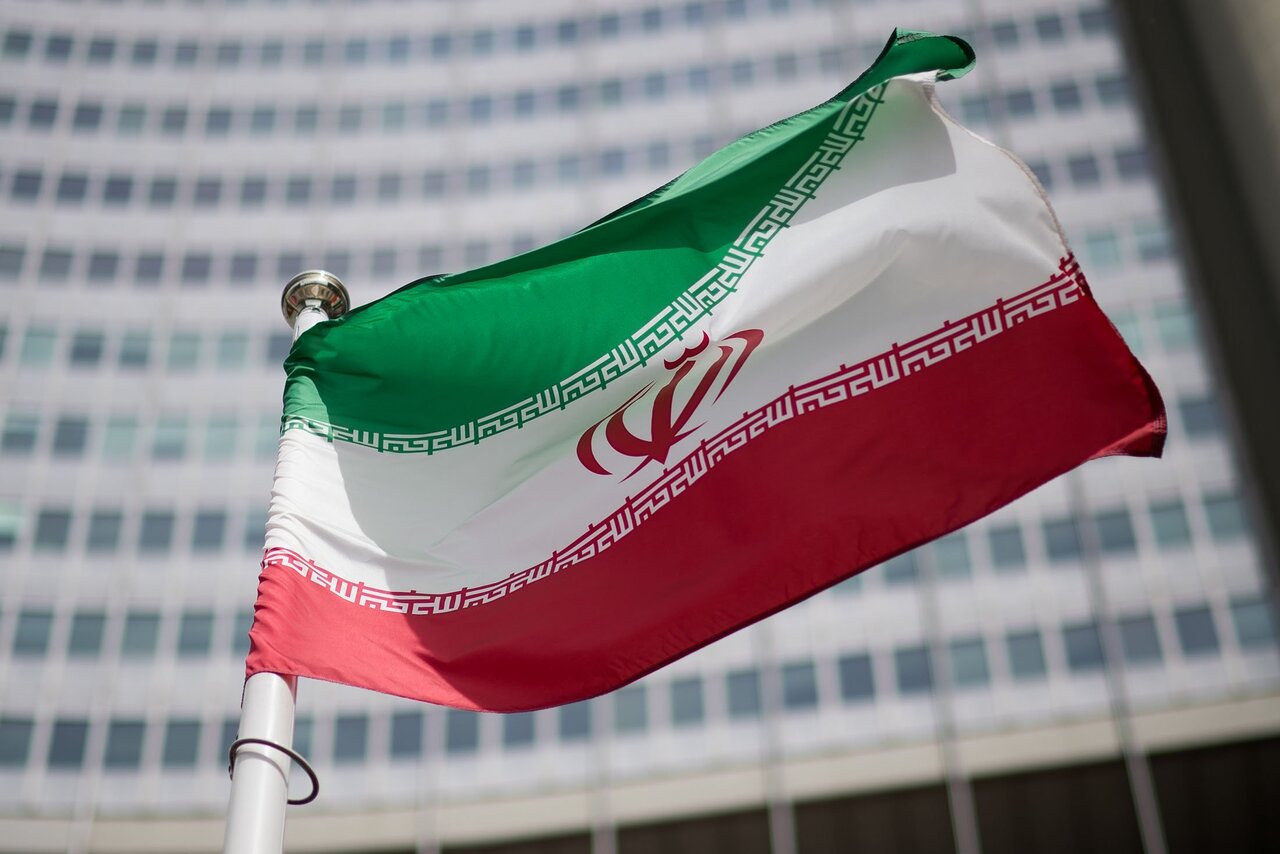Iran finalizes location of Fars research, technology complex

TEHRAN - The location of a research and technology complex was finalized in a ceremony attended by the deputy head of the Atomic Energy Organization of Iran (AEOI) and several other officials of the province.
During the event, the relevant officials singled out the appropriate site for the construction of the complex while observing all legal and safety criteria and standards.
As par the order issued by Mohammad Eslami, the AEOI chief, the Fars complex has been designated as an independent organization that is responsible for educational research.
During the last 3 months, the necessary visits and evaluations of the lands proposed by Fars governor’s office have been carried out by the expert teams of the research institute as well as the project contractor.
Earlier, Eslami had emphasized the Islamic Republic’s extraordinary growth in the nuclear industry, noting that the gains in the high-tech field have come despite threats and sanctions from foes.
He made the comment before the inaugural ceremony of an exhibition displaying Iran’s most recent achievements in the nuclear industry at Tehran’s Imam Khomeini Hosseinieh.
“These achievements were made under heavy threats and sanctions from the enemies,” Eslami remarked, adding, “Achieving complex nuclear technologies in such difficult conditions has not been easy whatsoever, but our country’s young scientists achieved them without using foreign capacities.”
Noting that the AEOI’s objective is to demonstrate how nuclear energy affected society and people’s daily lives, he added, “The fields of health, medicine, food security and agriculture, industry, water and soil, and environment have been discussed in the exhibition, and the achievements of these sectors are introduced.”
The nuclear chief underscored the use of nuclear energy in people’s daily lives and said the central part of the issue are power plants and the production of atomic electricity, which is being used by world countries as a source of clean energy.
Eslami greatly emphasized the importance of radiation in nuclear medicine, noting, “Radiopharmaceuticals are widely used in the medical field; every year, about one million patients benefit from radiopharmaceuticals that are produced by atomic energy in the field of diagnosis and treatment, especially for cancer.”
One of the most significant successes of atomic energy for public use, according to the nuclear chief, is the use of radiation to battle pests in food and agriculture.
“The use of radiation in agriculture has two features; it gives health as a gift to society because pesticides will not be used in agriculture, and of course, it prevents agricultural runoff and waste,” Eslami explained.
Eslami further emphasized that the adverse economic effects of radiation usage in agricultural products would result in a rise in exports of those items and declared, “We will no longer see pests in the agricultural sector.”
In February, Eslami revealed the story that his organization plans to build a nuclear power facility in the southwestern province of Khuzestan with a capacity to produce 2,000 megawatts of nuclear electricity.
He also noted that the nuclear power plant in Darkhovein district in Khuzestan will produce 300 megawatts of electricity in the preliminary phase.
Based on his remarks, the AEOI pursues additional stages concurrently in order to utilize the Darkhovein district’s capability to the fullest extent possible.
“Enemies tried to break our will through sanctions and did not cooperate with us regarding the construction of nuclear power plant even after many years,” Eslami said, adding the organization developed the project by relying on domestic capabilities.
Eslami also said arrogant countries have imposed sanctions in the atomic energy sector since the victory of the 1979 Islamic Revolution in Iran to hinder the country's progress in nuclear technology.
By signing the 2015 nuclear deal, technically known as the Joint Comprehensive Plan of Action (JCPOA), with six nations, namely the U.S., Germany, France, Britain, Russia, and China, Iran demonstrated to the world the benign nature of its nuclear program.
However, the deal’s survival has been uncertain following Washington’s unilateral departure in May 2018 and reimposition of sanctions against Tehran.
In April 2021, talks between the deal’s parties began in Vienna with the goal of bringing the U.S. back into the agreement and ending its “maximum pressure” campaign against Iran.
However, due to Washington’s insistence on withholding the required assurances that it won’t withdraw from the agreement again and failing to waive all of the anti-Iran sanctions, the negotiations have remained inactive since August 2022.
Last weeks, during a visit to an exhibition of Iran’s nuclear achievements, President Ebrahim Raisi lauded the nuclear progress Iran has made under sanctions, saying they can be a model for development in other industries inside the country.
“With the will of the country's scientists in converting knowledge into ability in the nuclear field, today millions of people have been saved from disease, which is one of the great honors of the country,” Raisi said, according the official website of the presidency.
He said, “The achievements of the nuclear industry show the fact that how dear young people and scientists of this country turned threats and sanctions into opportunities.”
Leave a Comment